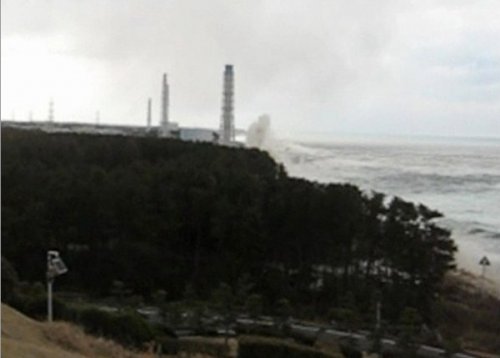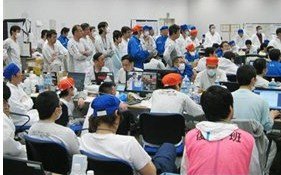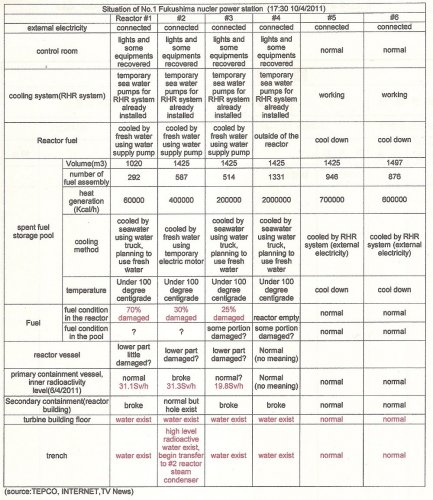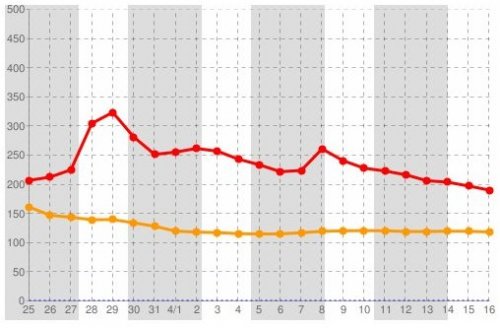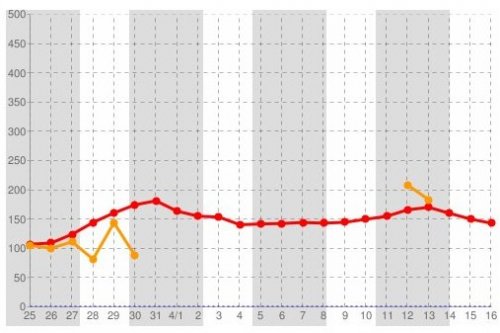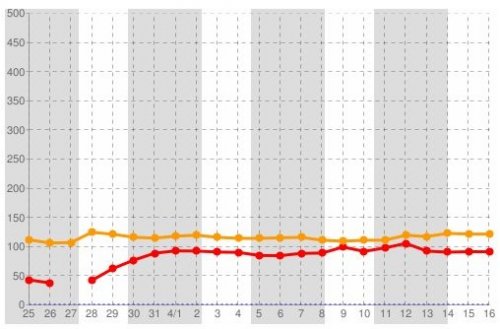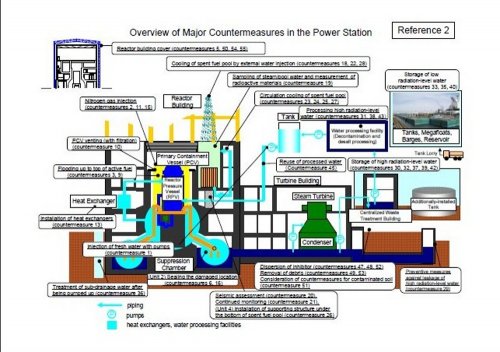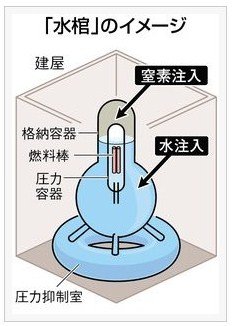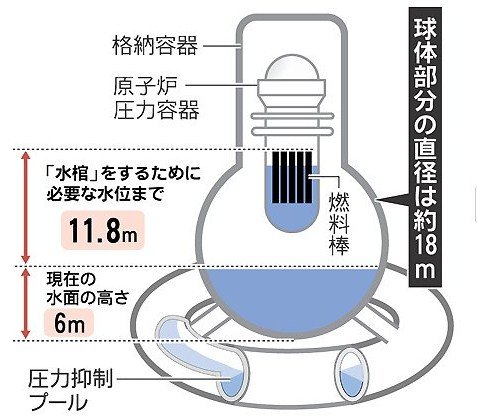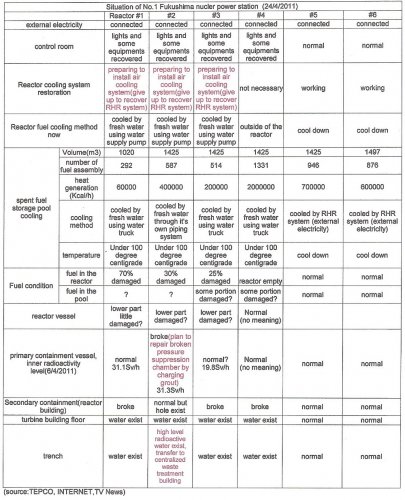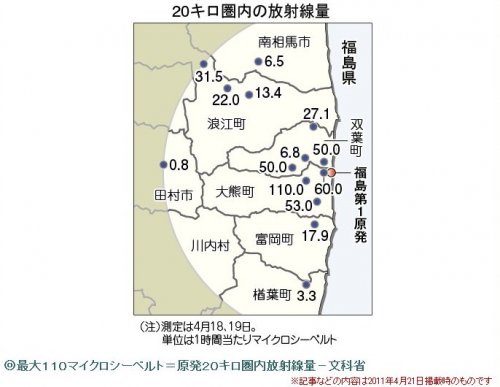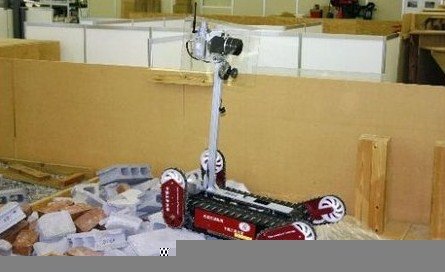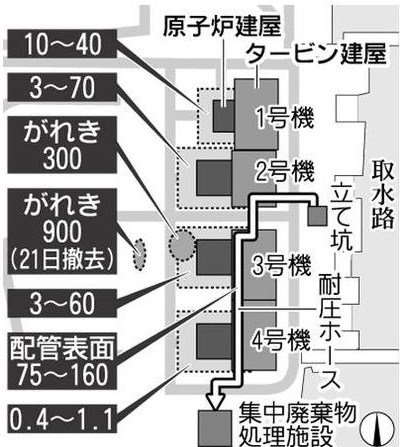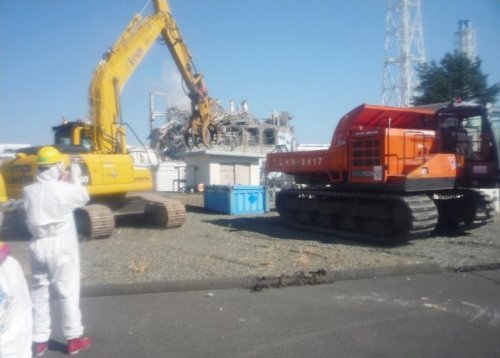There has been reporting (to my best knowledge unattributed, said to originate from an unnamed industry source interviewed by the NYT, but I haven't found such an article myself) in the last few days that reactor #3's pressure vessel itself has a "visible crack". Has there been anything definite in the Japanese media about this? Has anyone elsewhere seen or read anything conclusive to that effect? I'm only aware of the exposure of three workers to highly contaminated water indicating that containment has been lost. I wish the workers get well soon, and that their colleagues may also be spared of the ill effects in the future.
From when the crises started I imagined that the power loss at Fukushima 1 was largely (if not solely) a cooling problem as the circulation requires a fair amount of power to run. It seemed a reasonable assumption that the backup generators were dedicated to that. For days, at least, none of the information I saw could be understood as stating that the condition of the reactors couldn't still be directly monitored despite the failures of some capabilities. The loss of even the most basic functions from instrumentation to lighting was surprising: Logically every system sustaining any purpose (human or technical) in a nuclear facility should have enough redundancy to be operated without interdependencies. The crews at the site have been reduced to "grappling in the dark" far more literally than I thought possible.
The US (Global Hawk?) monitoring flights have not revealed what could be termed as "large scale" contamination on land (a "streak" less than 25 miles long inland as of 25th of March, link). The comprehensive nuclear test ban treaty surveillance network though, reports findings that already translate to a significant fraction of what was released from Chernobyl, according to some (link) though the dispersion and transmission paths are very different due to very different reactor and accident types (it gets a bit complicated, read the New Scientist link if it's still available).
A certain amount of shock and disbelief, I guess, is inevitable in situations like this. I'm not a manifestly pro- or against nuclear power person, but a pragmatist - even so, in hindsight, it's easy to concede that I was in (personal and collectively induced) denial as to what the worst case scenario was. Fukushima raises some very specific questions about practices and redundancies in and around nuclear facilities. It's unlikely that those issues will be thoroughly investigated and rectified (if necessary) unless there's well informed insistence from a significant amount of laypeople (of whom, in nuclear issues, I am). Let's just say that if secrecy about the technical processes and hardware is indicated as a prerequisite for security, then I'm not inclined to think such facilities can be safe under any circumstances. The technology itself, to the operational detail, must be able to withstand the light of day, every day.
I can still entertain the thought of even increasing the share of fission derived energy in the World. What I'm not willing to do is put all the eggs in the same basket, complete reliance on anything is a recipe for corruption and disaster. As always, thank you Blackkite for all your troubles.
From when the crises started I imagined that the power loss at Fukushima 1 was largely (if not solely) a cooling problem as the circulation requires a fair amount of power to run. It seemed a reasonable assumption that the backup generators were dedicated to that. For days, at least, none of the information I saw could be understood as stating that the condition of the reactors couldn't still be directly monitored despite the failures of some capabilities. The loss of even the most basic functions from instrumentation to lighting was surprising: Logically every system sustaining any purpose (human or technical) in a nuclear facility should have enough redundancy to be operated without interdependencies. The crews at the site have been reduced to "grappling in the dark" far more literally than I thought possible.
The US (Global Hawk?) monitoring flights have not revealed what could be termed as "large scale" contamination on land (a "streak" less than 25 miles long inland as of 25th of March, link). The comprehensive nuclear test ban treaty surveillance network though, reports findings that already translate to a significant fraction of what was released from Chernobyl, according to some (link) though the dispersion and transmission paths are very different due to very different reactor and accident types (it gets a bit complicated, read the New Scientist link if it's still available).
A certain amount of shock and disbelief, I guess, is inevitable in situations like this. I'm not a manifestly pro- or against nuclear power person, but a pragmatist - even so, in hindsight, it's easy to concede that I was in (personal and collectively induced) denial as to what the worst case scenario was. Fukushima raises some very specific questions about practices and redundancies in and around nuclear facilities. It's unlikely that those issues will be thoroughly investigated and rectified (if necessary) unless there's well informed insistence from a significant amount of laypeople (of whom, in nuclear issues, I am). Let's just say that if secrecy about the technical processes and hardware is indicated as a prerequisite for security, then I'm not inclined to think such facilities can be safe under any circumstances. The technology itself, to the operational detail, must be able to withstand the light of day, every day.
I can still entertain the thought of even increasing the share of fission derived energy in the World. What I'm not willing to do is put all the eggs in the same basket, complete reliance on anything is a recipe for corruption and disaster. As always, thank you Blackkite for all your troubles.


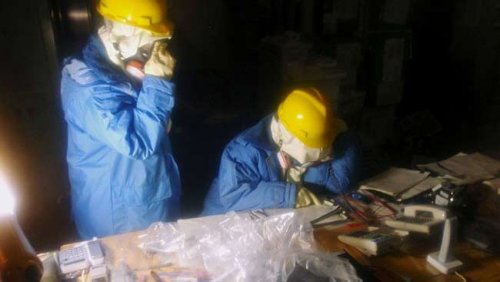
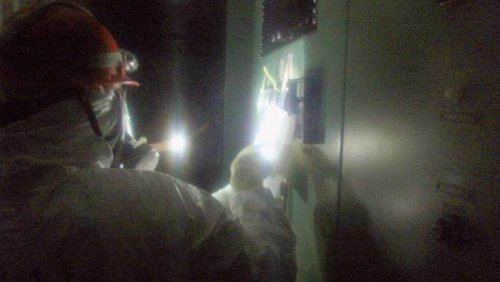
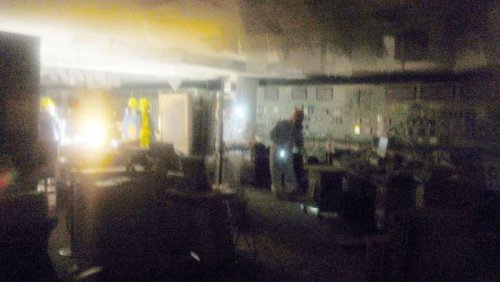
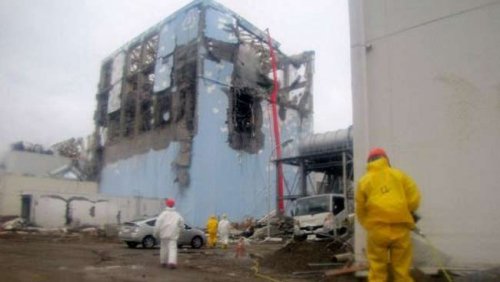
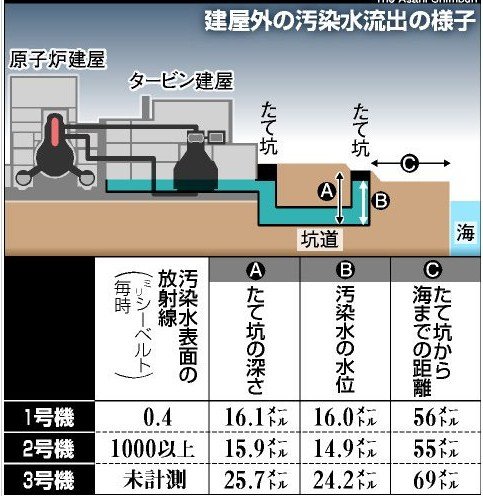
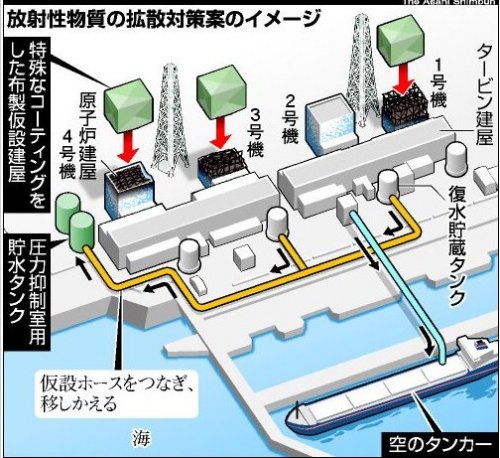
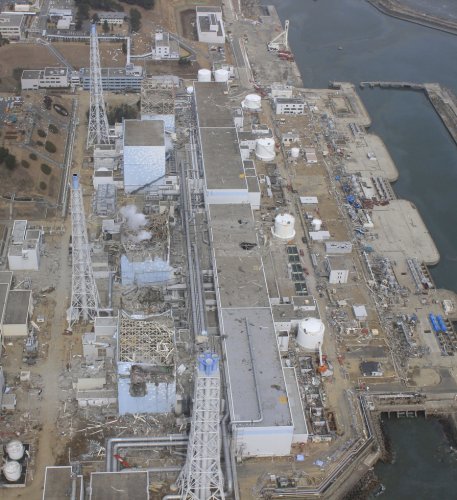
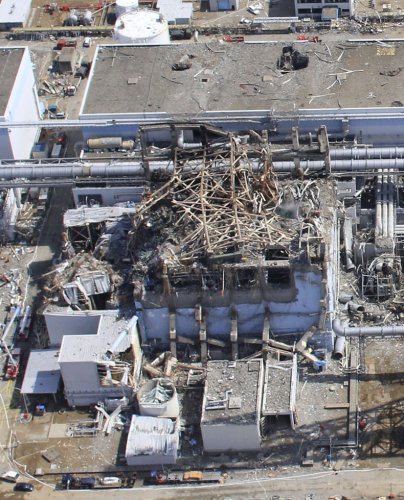
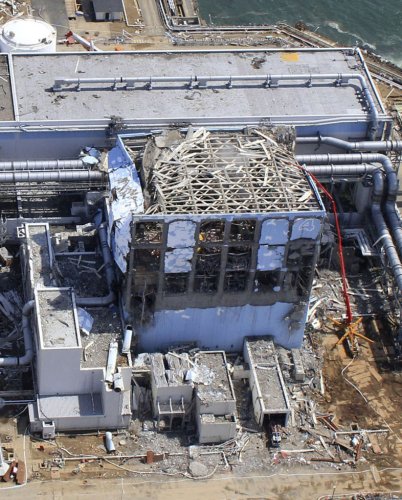
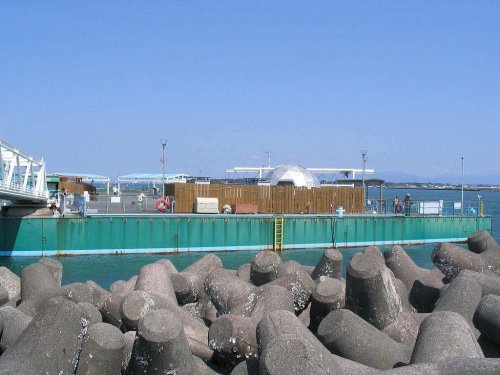
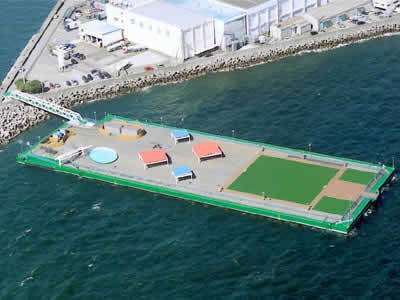
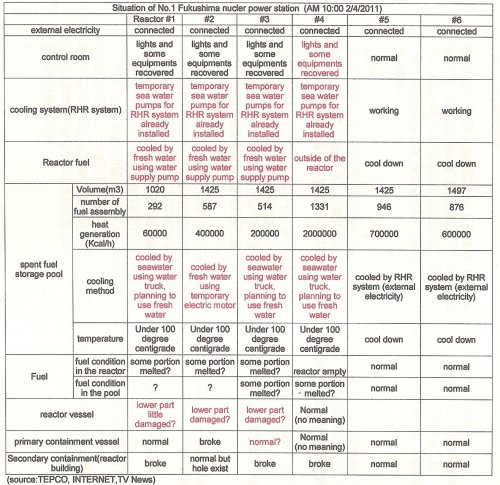
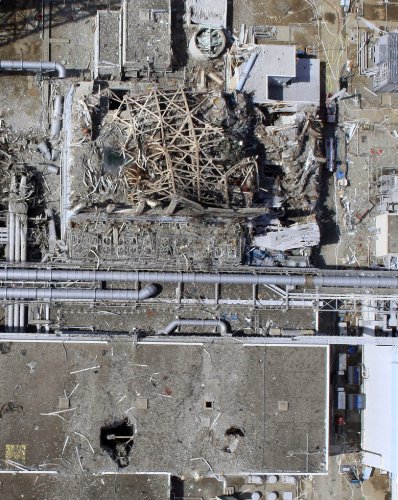
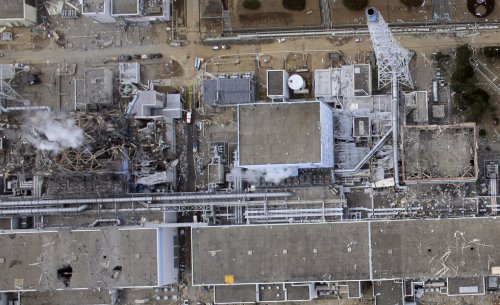
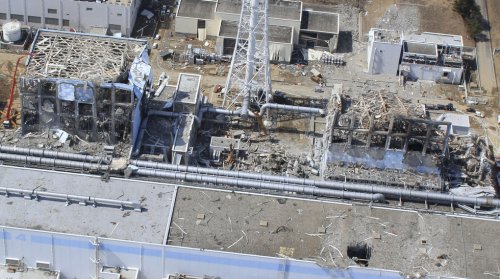
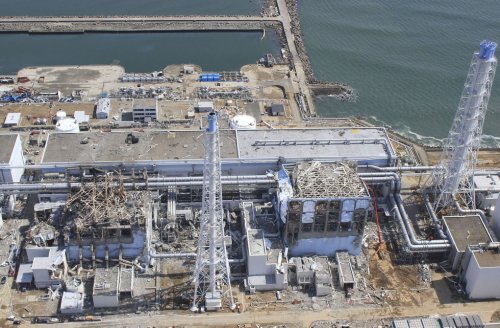
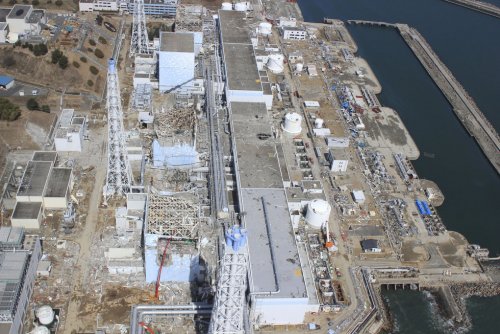
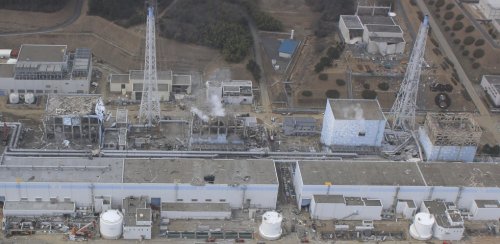
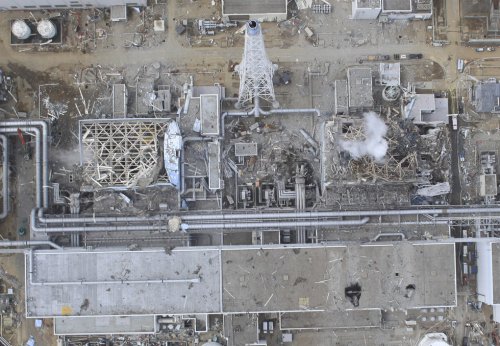
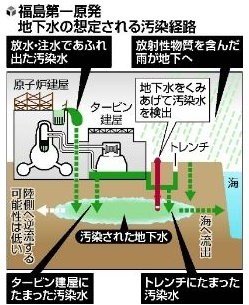
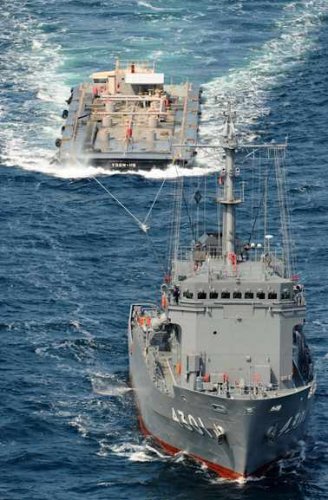
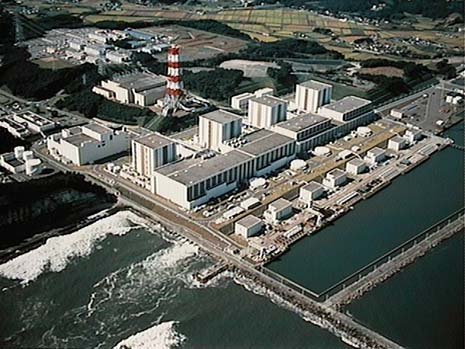
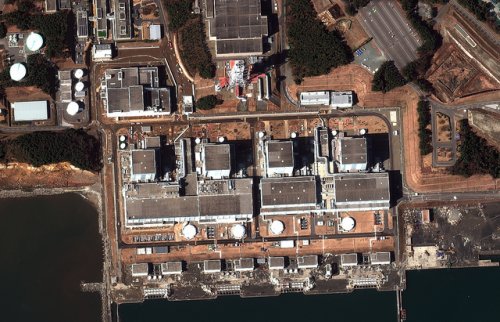
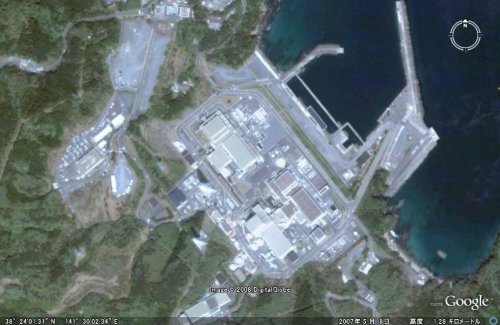
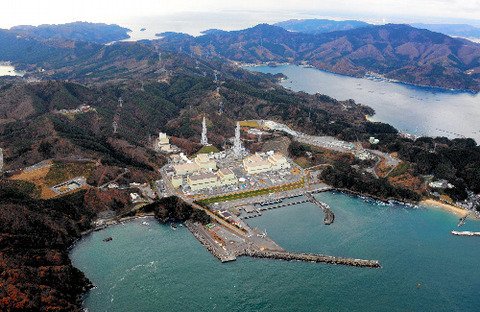
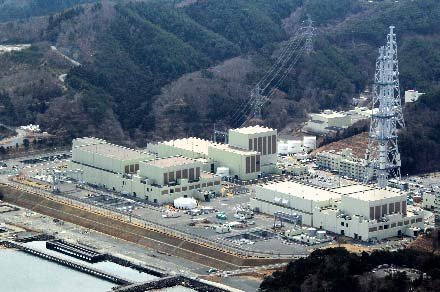
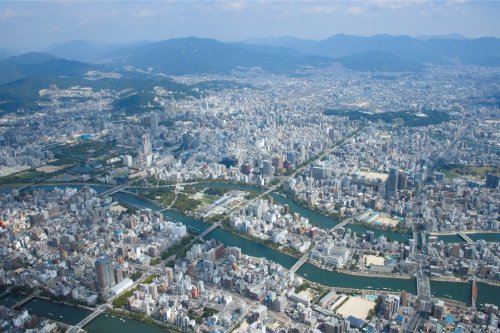
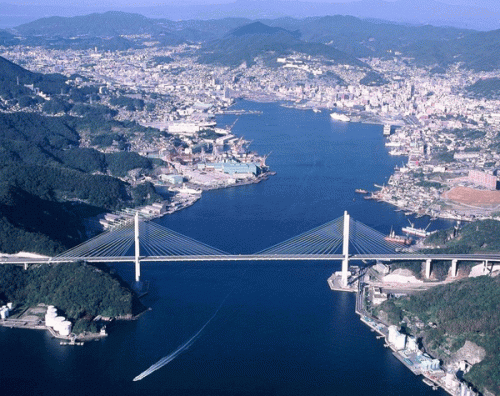
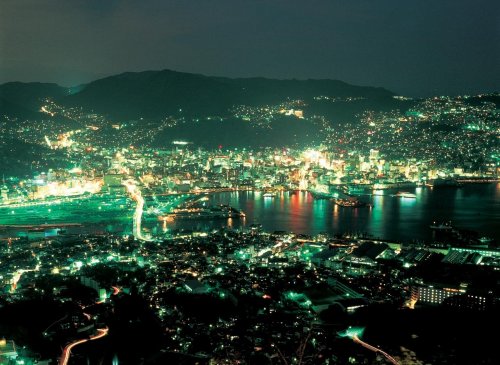
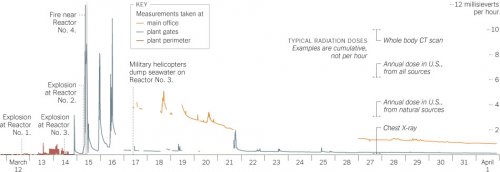


![556px-Chornobyl_radiation_map[1].jpg](/data/attachments/52/52358-d551860d9bccf3bd3d1caf0b52b15e53.jpg)
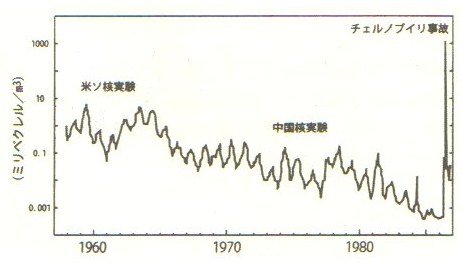
![600px-AirDoseChernobylVector.svg[1].jpg](/data/attachments/52/52233-38df6e8a2f449c857043c7c779f95571.jpg)
